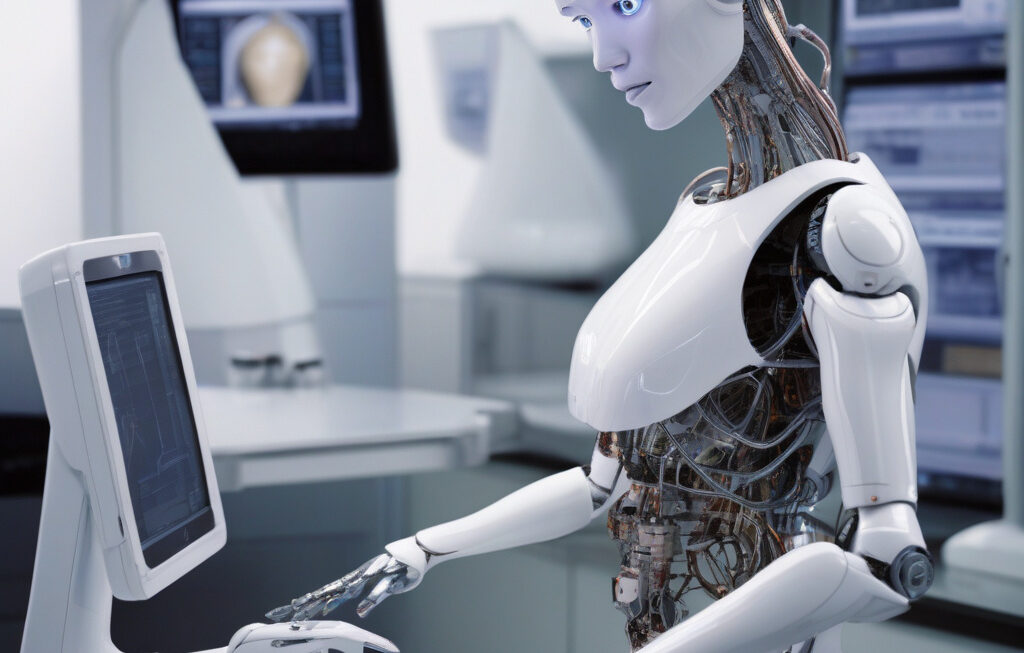New Brain-Computer Tech Enables Paralyzed Patients to Communicate in Real Time
In the realm of medical technology, groundbreaking innovations are constantly pushing the boundaries of what was once thought impossible. One such advancement comes in the form of a new brain-computer interface (BCI) system, which has recently made waves by enabling a patient with Amyotrophic Lateral Sclerosis (ALS) to communicate with their loved ones in real time.
ALS, also known as Lou Gehrig’s disease, is a progressive neurodegenerative disorder that affects nerve cells in the brain and spinal cord, leading to a loss of muscle control. As the disease advances, individuals with ALS may lose the ability to speak, move, and even breathe independently, severely limiting their means of communication.
The new BCI system offers a beacon of hope for patients grappling with the devastating effects of ALS. By harnessing the power of advanced technology, this innovative system allows individuals to communicate through a computer interface using only their brain activity. Through the use of electrodes placed on the scalp or directly on the brain, the BCI system can detect and interpret the patient’s brain signals, translating them into commands that control a computer cursor or virtual keyboard.
For the patient mentioned above, this cutting-edge technology has proven to be life-changing. Previously unable to speak or communicate effectively due to the progression of ALS, the patient can now engage in real-time conversations with their loved ones, expressing their thoughts, emotions, and desires with newfound ease and clarity. The ability to communicate in real time has not only improved the patient’s quality of life but has also strengthened their connections with family and friends, fostering a sense of closeness and understanding that transcends the limitations imposed by their condition.
Beyond its immediate impact on individual patients, the implications of this new BCI system are far-reaching. As researchers continue to refine and expand upon this technology, the potential applications extend to a wide range of neurological conditions and disabilities, offering hope to countless individuals who face communication challenges.
Moreover, the development of this BCI system underscores the power of collaboration between medical professionals, engineers, and researchers in driving innovation forward. By combining expertise from diverse fields, this interdisciplinary approach has paved the way for groundbreaking advancements that have the potential to revolutionize healthcare and improve the lives of patients around the world.
As we witness the transformative effects of the new brain-computer interface system on paralyzed patients, it serves as a poignant reminder of the profound impact that technology can have on our lives. By harnessing innovation and creativity to confront complex medical challenges, we move one step closer to a future where individuals facing communication barriers can connect with the world around them in meaningful and empowering ways.
In conclusion, the advent of the new BCI system represents a significant milestone in the field of medical technology, offering hope and possibilities to paralyzed patients who seek to communicate with their loved ones. As we celebrate this achievement, we are reminded of the enduring power of innovation to transform lives and shape a more inclusive and compassionate society.
brain-computer interface, ALS, communication technology, medical innovation, interdisciplinary collaboration











